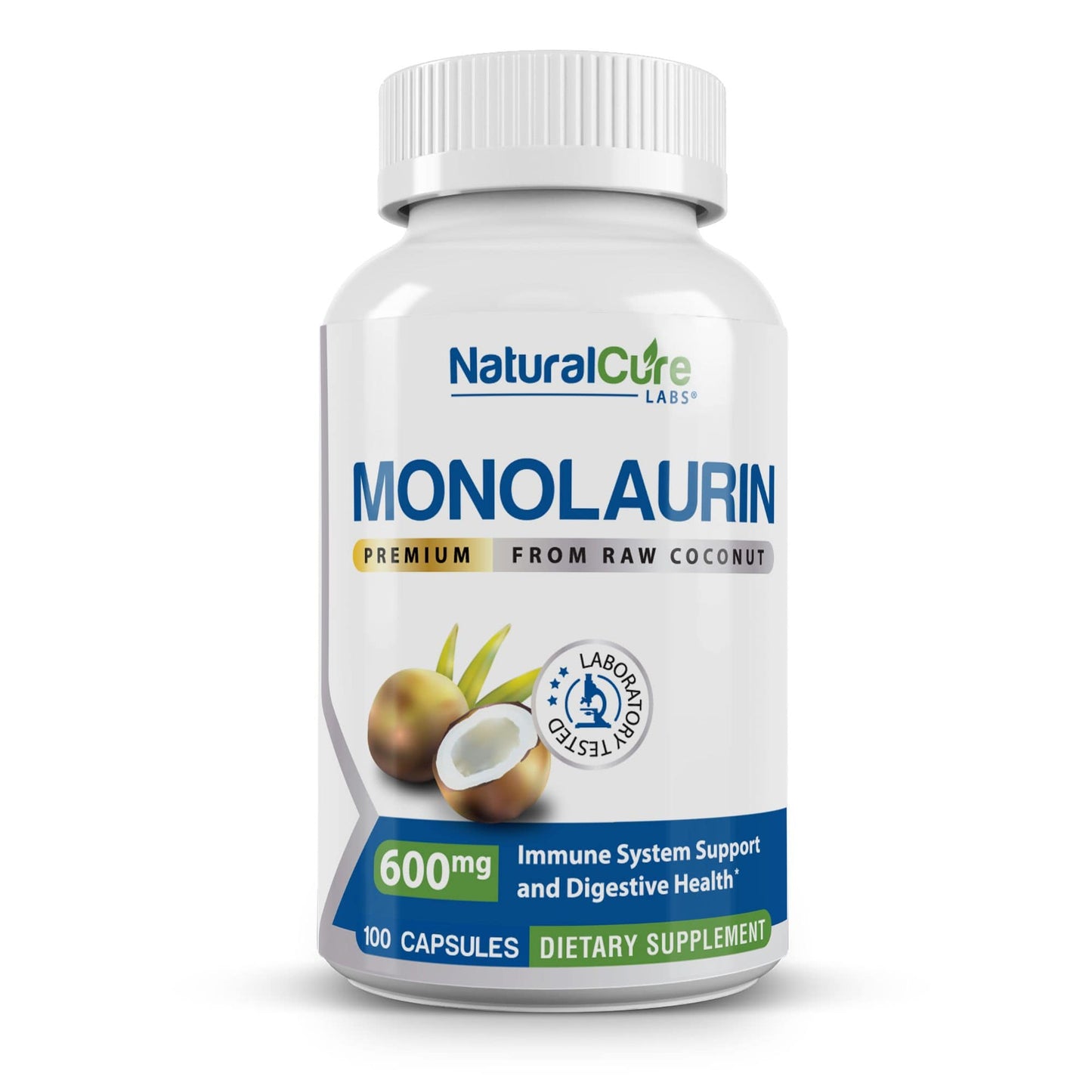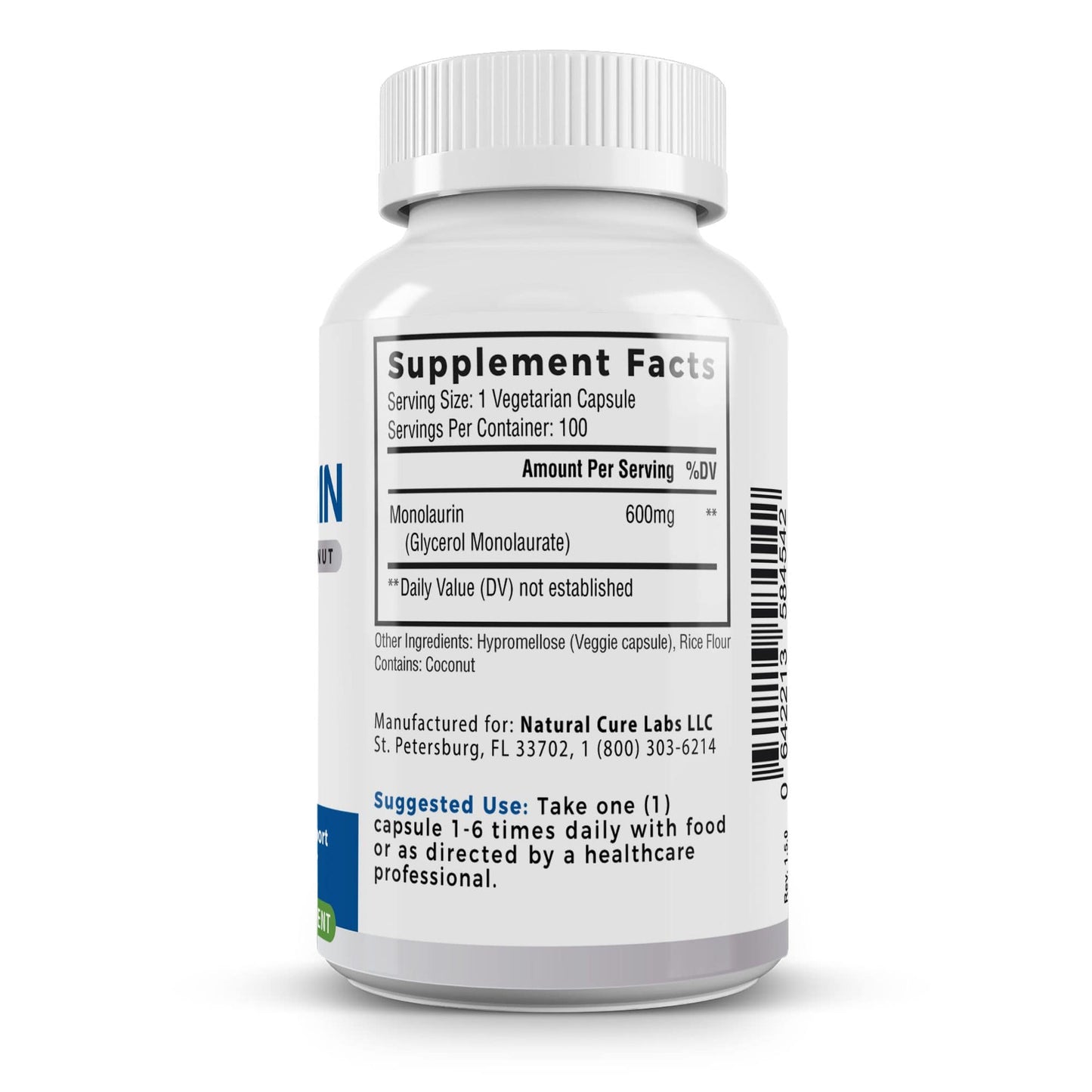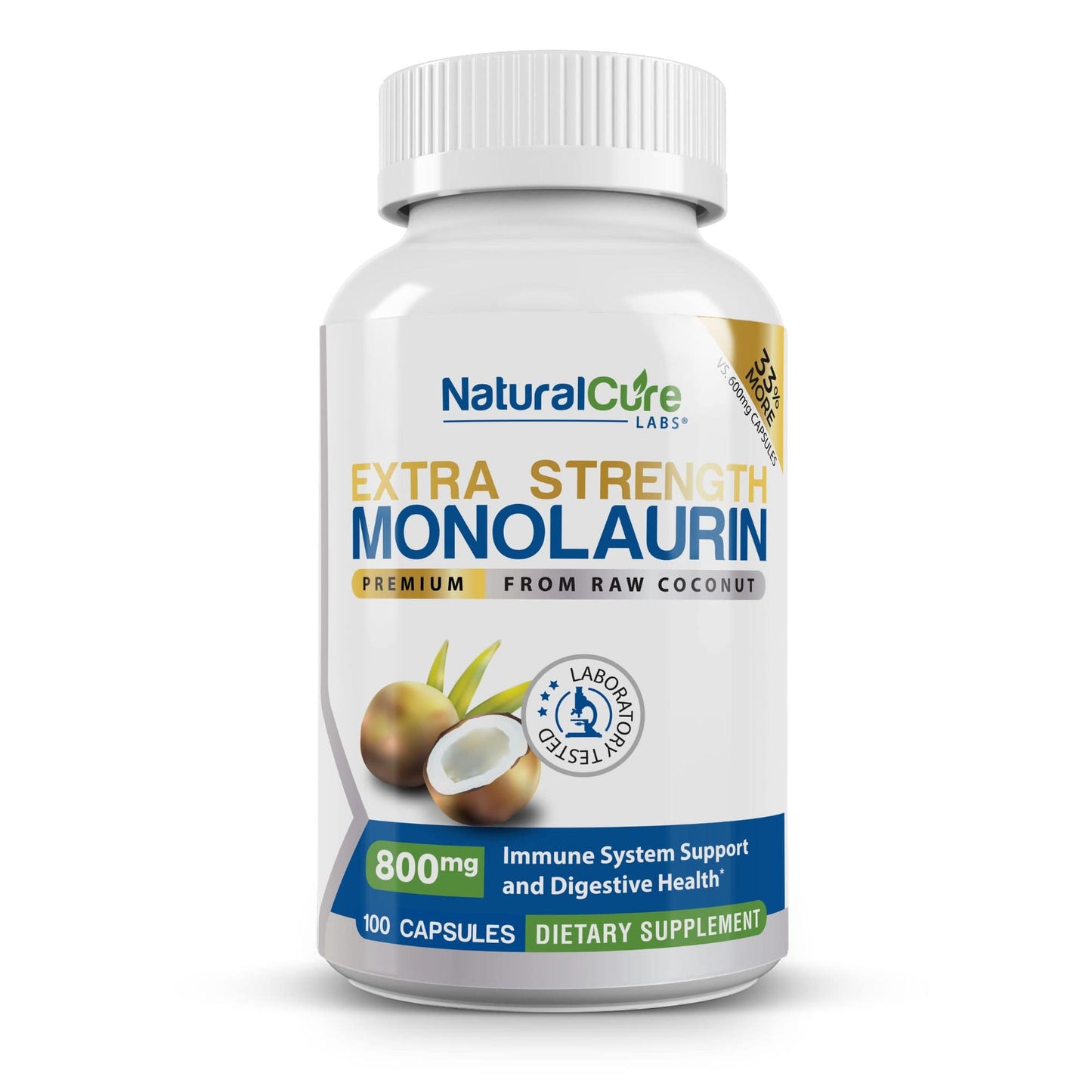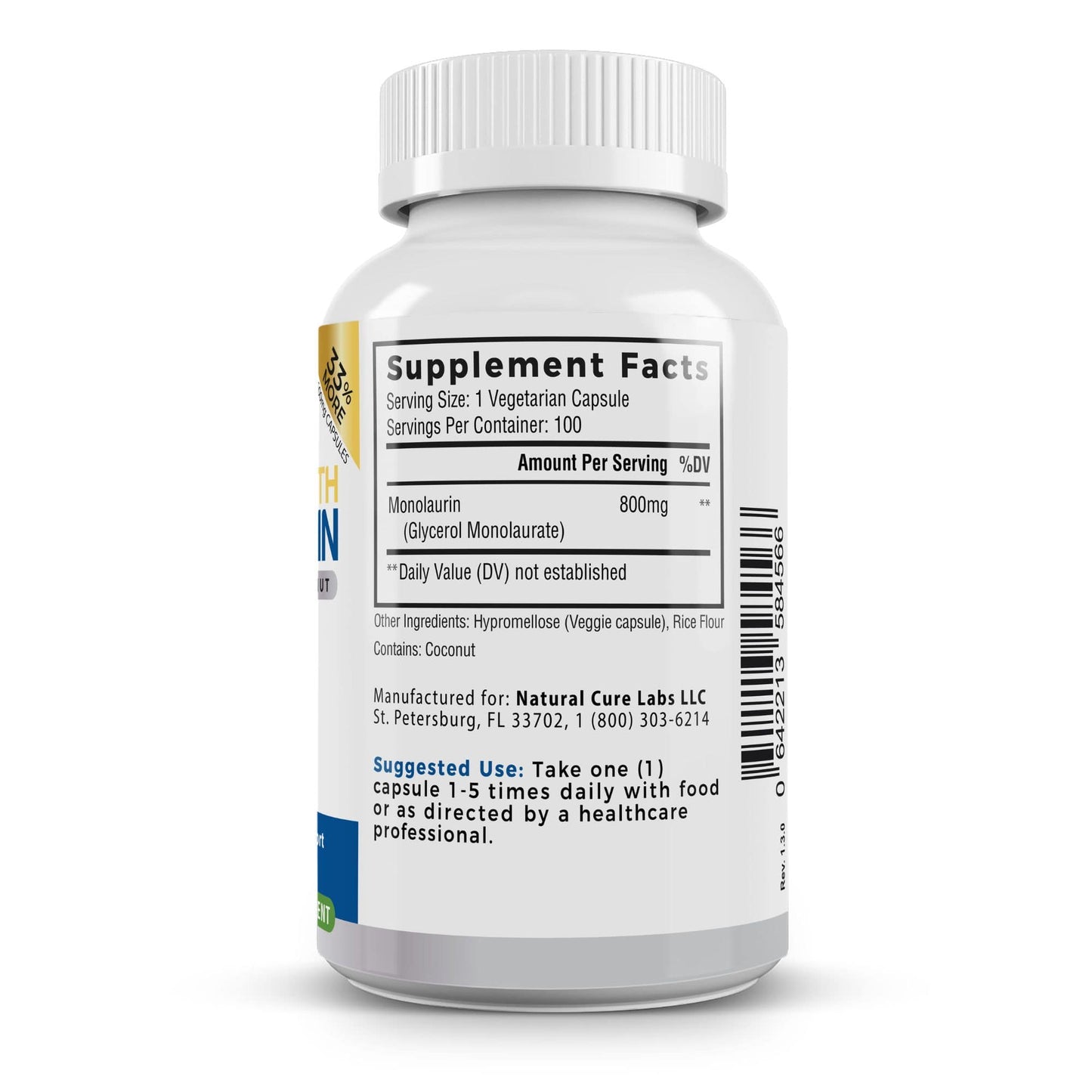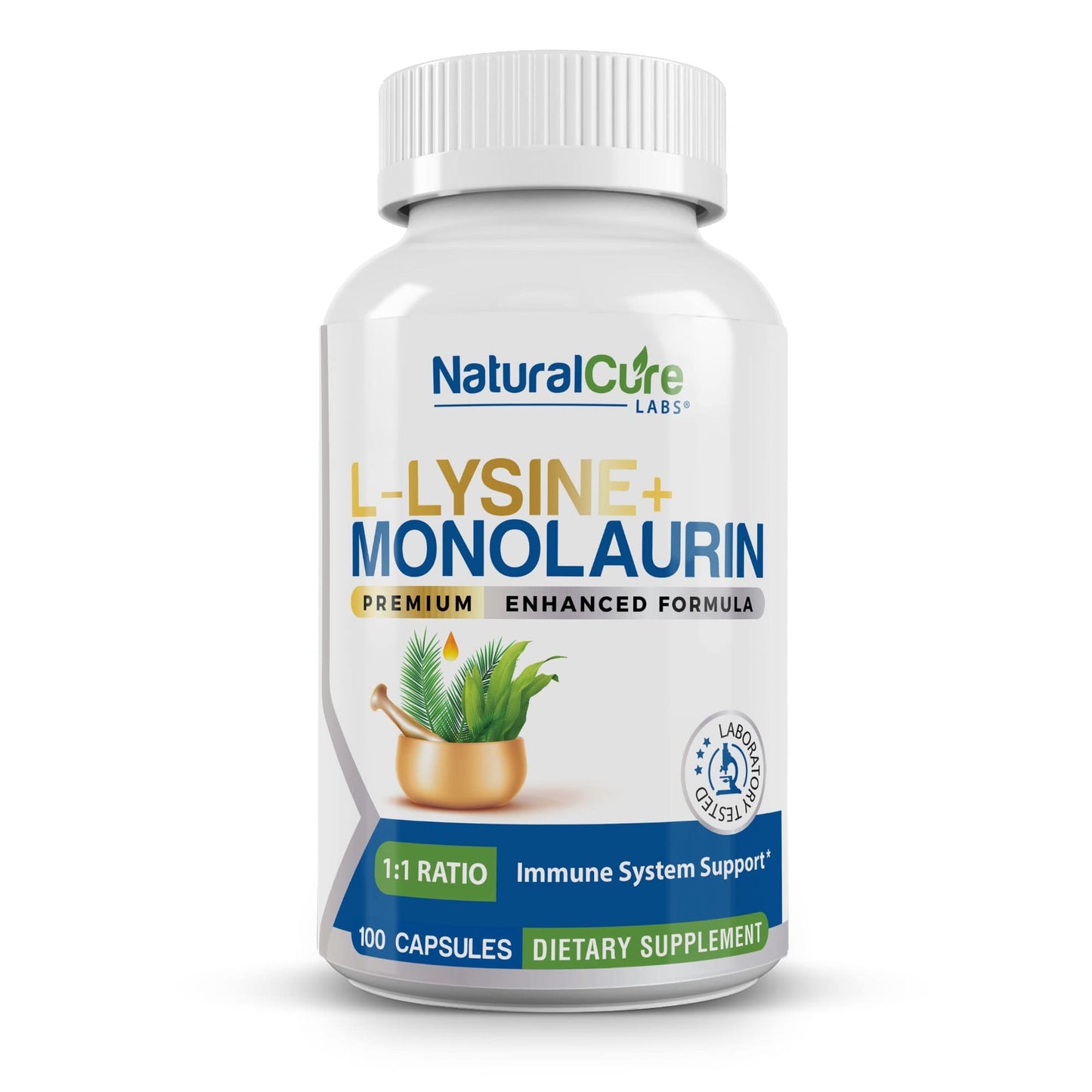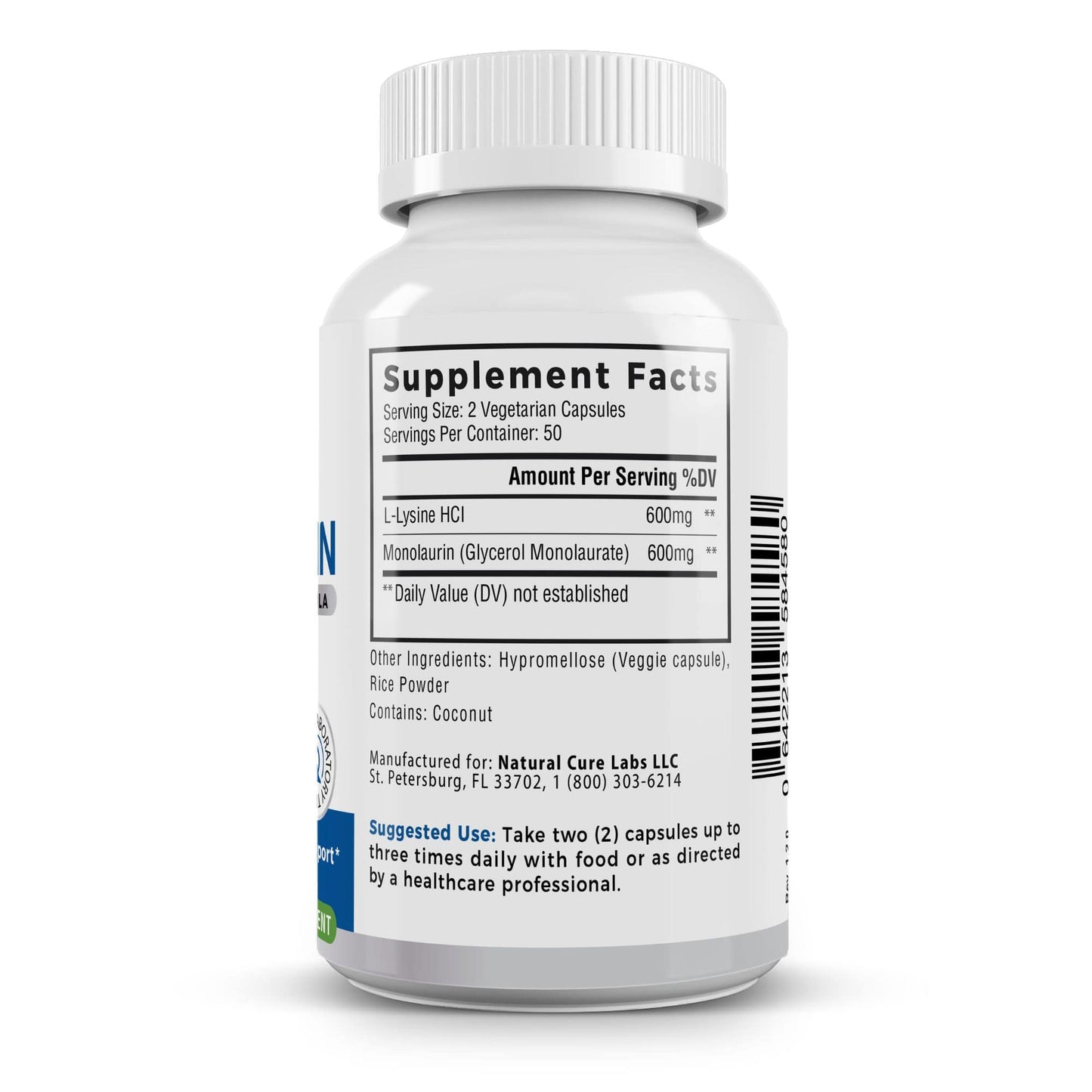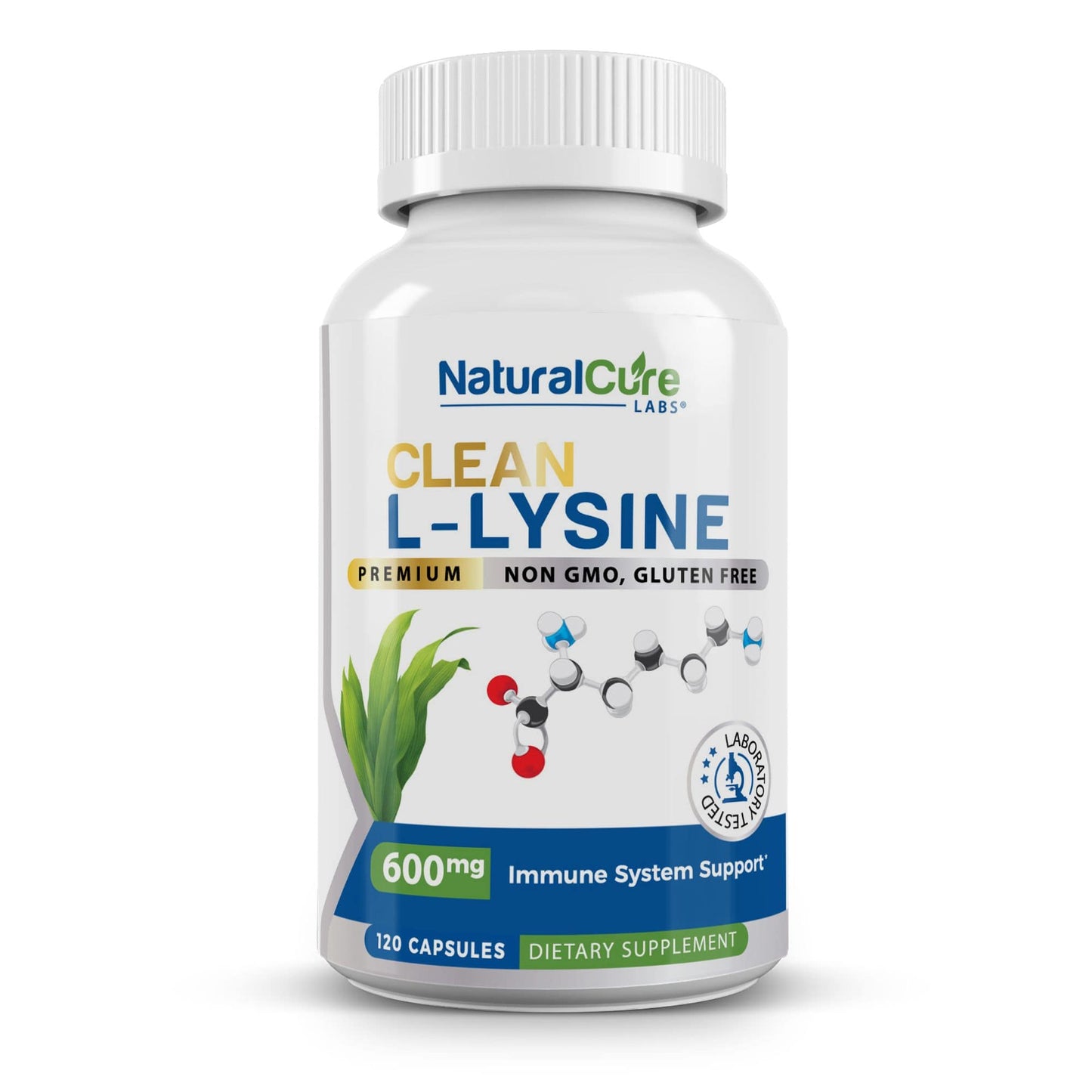
📝 Medically reviewed by Dr. Patricia Shelton
🔍 Last updated July 8, 2024
📚 22 citations
📖 6 minute read
About the Author:

Dr. Patricia Shelton, MD, has been a medical communicator and educator since 2014. She holds a Doctor of Medicine degree and a Bachelor's degree in Neuroscience, both from the University of Washington in Seattle.
--
Your body produces nearly 100 billion white blood cells (WBCs) each day. Also known as leukocytes, these cells protect your body from foreign invaders by identifying and eliminating threats.
WBCs are an essential part of your immune function and have several major responsibilities. Supporting a healthy immune system is a fundamental part of your overall wellness.
Jump To:
- What Are White Blood Cells?
- Why Is the White Cell Count Important?
- What Is a Normal White Blood Cell Count?
- Tips to Support a Healthy White Blood Cell Count
- Final Thoughts
- References
Keep reading to learn more.
See Related: What Are Antibodies And What Do They Do?
What Are White Blood Cells?
White blood cells are a central part of your immune system. These cells circulate through your bloodstream and tissues in order to protect your body from infection.
Also known as leukocytes, WBCs travel through your body looking for foreign invaders. Once a potential threat is located, some of these cells produce antibodies that destroy the harmful microorganisms. ¹ Others surround and eliminate invading microorganisms, or release toxic chemicals in order to destroy them.
Contrary to their name, WBCs are colorless and have a distinct center membrane (the nucleus). These cells are produced in your bone marrow. ² There are a few different types of white blood cells that make up your immune system: ³ ⁴ ⁵
- Neutrophils: There are three distinctive types of white blood cells: granulocytes, lymphocytes, and monocytes. Neutrophils are a type of granulocyte and account for about 70% of your white blood cell count. These cells protect your body by engulfing and eliminating foreign invaders, as well as producing toxic substances that destroy them.
- Lymphocytes: Lymphocytes include T-cells, B-cells, and natural killer cells. These cells produce protective proteins known as antibodies that help your body fight infection.
- Basophils: Basophils secrete chemicals like histamines that produce allergic reactions to foreign proteins in the body.
- Eosinophils: These white blood cells identify and destroy harmful microorganisms. Eosinophils also assist basophils in allergic responses.
- Monocytes: Monocytes become two other types of white blood cells: macrophages and dendritic cells. Macrophages engulf and destroy invading microorganisms, while dendritic cells detect potential invaders and alert other immune system cells to defend the body from them.

Why Is the White Cell Count Important?
White blood cells are a vital part of your body's immune system. These cells have a few key responsibilities, which include: ⁵
- Identifying invading microorganisms
- Producing antibodies (defensive proteins)
- Eliminating harmful microorganisms
If your body doesn’t have enough white blood cells, then it won’t be able to defend itself against any bacteria, fungi, parasites, or viruses that enter. This makes you vulnerable to infections.
What Is a Normal White Blood Cell Count?
A complete blood count (CBC) checks the numbers of all of the different types of cells in your blood, including white blood cells.
This test must be ordered by a doctor. You then go to a medical lab to have your blood drawn. They will perform the test on your blood sample, and you’ll generally get the results within about one to two days. In emergency situations, the results can be obtained faster.
The normal range of white blood cells can vary depending on factors such as age, gender, race, and overall health. Because of slight differences in the testing procedures, each lab may have its own reference range for white blood cell counts. This is reported along with your results.
The most common reference range is 4,000 to 11,000 WBCs per microliter of blood. This means that a count below 4,000 would be considered low, while a count over 11,000 would be considered high. Your lab may report a somewhat different reference range. If so, use that to determine whether your count is low or high.
WBC counts vary between people of different genders. The normal WBC range for men is between 5,000 and 10,000 WBCs, while for women, it is between 4,500 and 11,000 WBCs. Your WBC count can rise and fall throughout the day, as well as from day to day. ⁶ ⁷ ⁸
Tips to Support a Healthy White Blood Cell Count
#1. Take Immune-Support Supplements ‡
Health supplements may help maintain healthy white blood cell counts in individuals who are already within a healthy range. ‡ Natural ingredients like monolaurin and L-lysine have been shown to support immune function. ⁹ ¹⁰ ¹¹
Our Premium Immune Support supplement features research-backed botanicals and natural ingredients that help support your overall immune health. Formulated, blended, and bottled in the United States, this product is tested in a third-party laboratory and is free from synthetic colors, preservatives, or flavorings. ‡
Bonus: What Are Botanicals And How Can They Support Health?

#2. Modify Your Diet
Always consult a healthcare professional before modifying your diet.
Some research suggests that a Mediterranean diet consisting mostly of fruits, leafy green vegetables, nuts, legumes, and fish may affect white blood cell counts in certain individuals. This diet prioritizes homemade foods and limits processed foods and added sugar. ¹²
Other healthy foods like yogurt ¹³, garlic ¹⁴, and lean protein ¹⁵ may help support your immune system. Berries, which are high in flavonoids, may help to increase white blood cell counts. ¹⁶
#3. Stay Hydrated
Hydration can have a massive impact on your overall health. ¹⁷ A steady water intake may help white blood cell production and white blood cell count. ¹⁸ ¹⁹

#4. Take Your Vitamins
Some studies outline the impact of various vitamins on your immune system.
- Vitamin A can support white blood cell production and is good for your bone marrow. ²⁰
- B vitamin complex, including vitamins B2, B3, B5, B6, B7, and B12, can play various roles in your immune health. ²¹
- Vitamin C can promote T-cell regeneration and can support healthy neutrophil count. ²²
Always remember to talk with your doctor before starting any new supplement. Some supplements can interact with prescription medications or other supplements or may be dangerous for those with certain health conditions.
Final Thoughts
Your white blood cells protect your body from foreign invaders, constantly identifying and eliminating potential threats.
A balanced diet, immune-support supplements, and holistic lifestyle choices may help maintain a healthy white blood cell count.
Keep Reading: How Does The Innate Immune System Work?
--
References
- National Institutes of Health (NIH) National Cancer Institute. white blood cell. Retrieved from https://www.cancer.gov/publications/dictionaries/cancer-terms/def/white-blood-cell on June 26, 2024.
- Rustam, F., Aslam, N., De La Torre Díez, I., Khan, Y. D., Mazón, J. L. V., Rodríguez, C. L., & Ashraf, I. (2022). White Blood Cell Classification Using Texture and RGB Features of Oversampled Microscopic Images. Healthcare (Basel, Switzerland), 10(11), 2230. https://doi.org/10.3390/healthcare10112230
- Rosales C. (2018). Neutrophil: A Cell with Many Roles in Inflammation or Several Cell Types?. Frontiers in physiology, 9, 113. https://doi.org/10.3389/fphys.2018.00113
- Cano RLE, Lopera HDE. Introduction to T and B lymphocytes. In: Anaya JM, Shoenfeld Y, Rojas-Villarraga A, et al., editors. Autoimmunity: From Bench to Bedside [Internet]. Bogota (Colombia): El Rosario University Press; 2013 Jul 18. Chapter 5. Available from: https://www.ncbi.nlm.nih.gov/books/NBK459471/
- Tamang, T., Baral, S., & Paing, M. P. (2022). Classification of White Blood Cells: A Comprehensive Study Using Transfer Learning Based on Convolutional Neural Networks. Diagnostics (Basel, Switzerland), 12(12), 2903. https://doi.org/10.3390/diagnostics12122903
- Blumenreich MS. The White Blood Cell and Differential Count. In: Walker HK, Hall WD, Hurst JW, editors. Clinical Methods: The History, Physical, and Laboratory Examinations. 3rd edition. Boston: Butterworths; 1990. Chapter 153. Available from: https://www.ncbi.nlm.nih.gov/books/NBK261/
- Tigner A, Ibrahim SA, Murray IV. Histology, White Blood Cell. [Updated 2022 Nov 14]. In: StatPearls [Internet]. Treasure Island (FL): StatPearls Publishing; 2024 Jan-. Available from: https://www.ncbi.nlm.nih.gov/books/NBK563148/
- Dey, J., & Mukherjee, S. (2021). Wireless COVID-19 Telehealth: Leukocytes Encryption Guided by Amino Acid Matrix. Wireless personal communications, 120(2), 1769–1789. https://doi.org/10.1007/s11277-021-08534-9
- Barker, L. A., Bakkum, B. W., & Chapman, C. (2019). The Clinical Use of Monolaurin as a Dietary Supplement: A Review of the Literature. Journal of chiropractic medicine, 18(4), 305–310. https://doi.org/10.1016/j.jcm.2019.02.004
- Nitbani, Febri & Tjitda, Putra & Nitti, Fidelis & Jumina, Jumina & Detha, Annytha. (2022). Antimicrobial Properties of Lauric Acid and Monolaurin in Virgin Coconut Oil: A Review. ChemBioEng Reviews. 9. 10.1002/cben.202100050.
- Huang, D., Maulu, S., Ren, M., Liang, H., Ge, X., Ji, K., & Yu, H. (2021). Dietary Lysine Levels Improved Antioxidant Capacity and Immunity via the TOR and p38 MAPK Signaling Pathways in Grass Carp, Ctenopharyngodon idellus Fry. Frontiers in immunology, 12, 635015. https://doi.org/10.3389/fimmu.2021.635015
- Hernáez, Á., Lassale, C., Castro-Barquero, S., Babio, N., Ros, E., Castañer, O., Tresserra-Rimbau, A., Pintó, X., Martínez-González, M. Á., Corella, D., Salas-Salvadó, J., Alonso-Gómez, Á. M., Lapetra, J., Fiol, M., Gómez-Gracia, E., Serra-Majem, L., Sacanella, E., García-Arellano, A., Sorlí, J. V., Díaz-López, A., … Estruch, R. (2021). Mediterranean Diet and White Blood Cell Count-A Randomized Controlled Trial. Foods (Basel, Switzerland), 10(6), 1268. https://doi.org/10.3390/foods10061268
- Hasegawa, Y. & Bolling, B. W. (2023). Yogurt consumption for improving immune health. Current Opinion in Food Science, Volume 51, June 2023, 101017. https://doi.org/10.1016/j.cofs.2023.101017
- Arreola, R., Quintero-Fabián, S., López-Roa, R. I., Flores-Gutiérrez, E. O., Reyes-Grajeda, J. P., Carrera-Quintanar, L., & Ortuño-Sahagún, D. (2015). Immunomodulation and anti-inflammatory effects of garlic compounds. Journal of immunology research, 2015, 401630. https://doi.org/10.1155/2015/401630
- Iddir, M., Brito, A., Dingeo, G., Fernandez Del Campo, S. S., Samouda, H., La Frano, M. R., & Bohn, T. (2020). Strengthening the Immune System and Reducing Inflammation and Oxidative Stress through Diet and Nutrition: Considerations during the COVID-19 Crisis. Nutrients, 12(6), 1562. https://doi.org/10.3390/nu12061562
- Mashhadi Akbar Boojar M. An overview of the cellular mechanisms of flavonoids radioprotective effects. Adv Pharm Bull. 2020;10(1):13-19. doi:10.15171/apb.2020.002
- Liska, D., Mah, E., Brisbois, T., Barrios, P. L., Baker, L. B., & Spriet, L. L. (2019). Narrative Review of Hydration and Selected Health Outcomes in the General Population. Nutrients, 11(1), 70. https://doi.org/10.3390/nu11010070
- Kim, H.-K., Kim, S.-H., & Ryu, J.-K. (2017). Changes in the Blood Components Caused by Water Intake. Korean Society for Clinical Laboratory Science. https://doi.org/10.15324/kjcls.2017.49.3.227
- Pałka, T., Koteja, P. M., Tota, Ł., Rydzik, Ł., Kopańska, M., Kaczorowska, I., Javdaneh, N., Mikulakova, W., Wolski, H., & Ambroży, T. (2023). The Influence of Various Hydration Strategies (Isotonic, Water, and No Hydration) on Hematological Indices, Plasma Volume, and Lactate Concentration in Young Men during Prolonged Cycling in Elevated Ambient Temperatures. Biology, 12(5), 687. https://doi.org/10.3390/biology12050687
- Huang, Z., Liu, Y., Qi, G., Brand, D., & Zheng, S. G. (2018). Role of Vitamin A in the Immune System. Journal of clinical medicine, 7(9), 258. https://doi.org/10.3390/jcm7090258
- Mikkelsen, K., Stojanovska, L., Prakash, M., & Apostolopoulos, V. (2017). The effects of vitamin B on the immune/cytokine network and their involvement in depression. Maturitas, Volume 96, February 2017, Pages 58-71. https://doi.org/10.1016/j.maturitas.2016.11.012
- van Gorkom, G. N. Y., Klein Wolterink, R. G. J., Van Elssen, C. H. M. J., Wieten, L., Germeraad, W. T. V., & Bos, G. M. J. (2018). Influence of Vitamin C on Lymphocytes: An Overview. Antioxidants (Basel, Switzerland), 7(3), 41. https://doi.org/10.3390/antiox7030041
‡ These statements have not been evaluated by the Food and Drug Administration. This product is not intended to diagnose, treat, cure, or prevent any disease.
--
Natural Cure Labs provides dietary supplements made from naturally derived ingredients. Our research-backed products contain premium botanicals and antioxidants that encourage healthy living and holistic wellness. Each high-quality product comes with a Clean Label that certifies our commitment to quality, transparency, and research. To stay connected and learn more, follow us on Facebook, Instagram, and TikTok.

